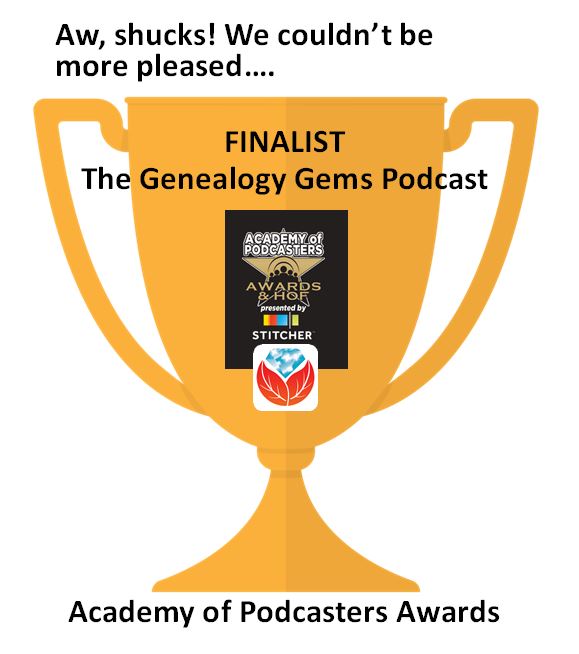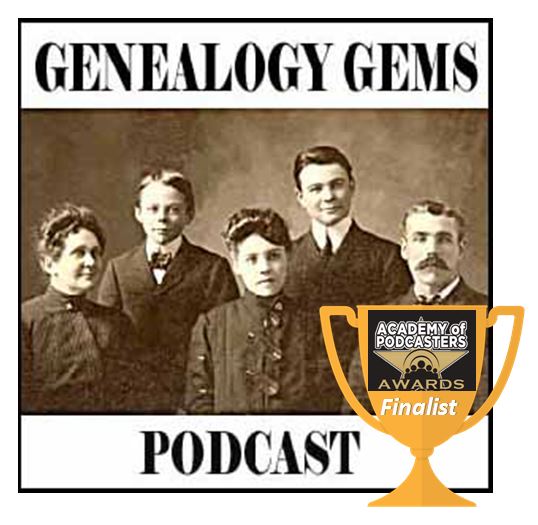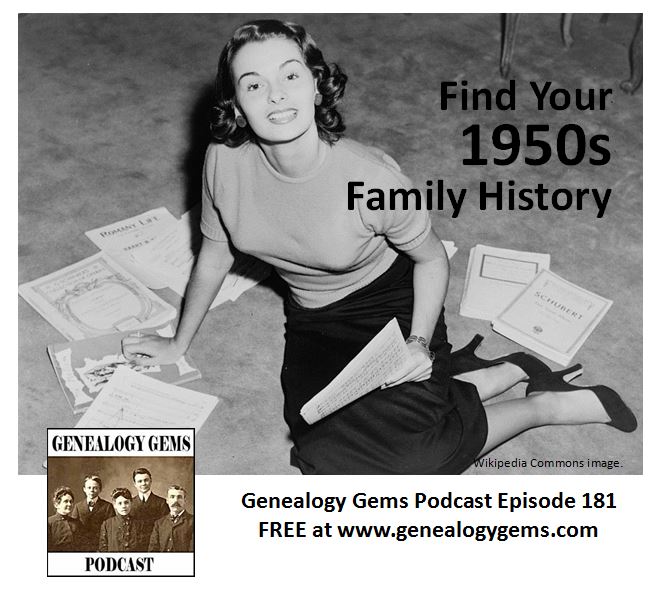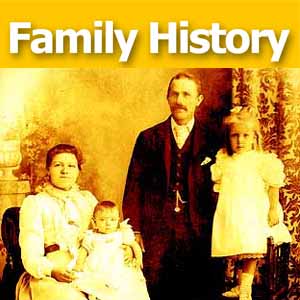by Lisa Cooke | Jul 16, 2015 | 01 What's New, History, images, Inspiration, Libraries, Memory Lane, Volunteer
 By now, many of us have tried our hand at volunteer indexing and transcribing projects. We can index censuses, civil and church vital records, gravestone images, and more with FamilySearch, BillionGraves, Ancestry’s World Archives Project and even with individual archives like The Congregational Library.
By now, many of us have tried our hand at volunteer indexing and transcribing projects. We can index censuses, civil and church vital records, gravestone images, and more with FamilySearch, BillionGraves, Ancestry’s World Archives Project and even with individual archives like The Congregational Library.
What about de-classified CIA records and other government documents? Love letters between President Lyndon and Lady Bird Johnson? These are among the indexing projects currently on the National Archives (US) Citizen Archivist dashboard.
“We have millions of pages of digitized records available in our online catalog,” says the Citizen Archivist website. “Transcription is an important way for us to improve search results and increase accessibility to our historical records. Your contributions make a big impact.” Other current projects include Confederate government papers, interviews relating to the September 11 terrorist attacks and letters to President Eisenhower about integrating schools.
These are all historically vital important records for the U.S. that may also shed light on our ancestors’ lives. My grandfather worked on classified government projects and I’m hoping to find his name in formerly “top secret” papers someday! Why not give it a try–index a batch of records through the National Archives Citizen Archivist project?
 Learn more about inspiring genealogy volunteers on our blog! On the lower left side of the Genealogy Gems home page, click the category “Volunteer.” See what others do to help–and perhaps you’ll get inspired yourself!
Learn more about inspiring genealogy volunteers on our blog! On the lower left side of the Genealogy Gems home page, click the category “Volunteer.” See what others do to help–and perhaps you’ll get inspired yourself!
by Lisa Cooke | Jul 15, 2015 | 01 What's New, Google Earth, images, Inspiration, Maps, Photographs, United States

Jones Street, Olyphant, PA, 1910. Image courtesy of Michael Grayson.
When Lisa blogged recently about Google Earth’s 10th birthday, it reminded me of something on my family history “to do” list. A few years ago I found a postcard of what I thought was an ancestor’s neighborhood. Could Google Earth confirm it?
Lisa uses Google Earth’s powerful 3D renderings of the world’s streets to identify where old pictures were taken. I knew from deeds, a plat map, and addresses on censuses and draft registrations that the O’Hotnicky lived on a certain block of Jones St. (now named Grant St.), around the corner from and behind Holy Ghost church.
This postcard of “Jones Street, Olyphant” looks like its viewpoint is from the end of the block behind the church. This would mean the tall tree shown here was shading–and blocking our view of–the O’Hotnicky home.
 I opened Google Earth and flew to “117 Grant St, Olyphant, PA.” The initial view, hovering from above, was promising. The camera icon shows where I thought the photo was taken. The left arrow points to the former line of trees, in front of the ancestral address. The right arrow points to the church tower behind.
I opened Google Earth and flew to “117 Grant St, Olyphant, PA.” The initial view, hovering from above, was promising. The camera icon shows where I thought the photo was taken. The left arrow points to the former line of trees, in front of the ancestral address. The right arrow points to the church tower behind.
Unfortunately, when I enter Street View at that exact spot, the new church on the corner and a tall apartment building block the view that would have been seen a century ago. There is no Street View available on Grant Street itself so I couldn’t move up the street toward the church. So I moved into Street View along the side street (parallel to the bottom of the photo).
In the opening between two buildings, Google Earth gave me a glimpse of the church tower. I compared the postcard view with Google Earth’s photo. The church towers look so similar: a simple cross on top, pointed copper roof, arched tower and the building roof line. Even more striking to me is the white frame house. Was this the same white house shown in the postcard view?
These two visuals taken together–the church tower profile and the position of the white house–seem consistent with my theory of where the photo was taken. Which means that yes, indeed, this 1910 postcard shows the trees in front of an ancestor’s home as they appeared 105 years ago.
Google Earth can fly you to an ancestor’s neighborhood–and whatever clues its current landscape gives you into the landscape of the past. Click here to watch Lisa’s free video about using Google Earth for genealogy!
by Lisa Cooke | Jul 14, 2015 | 01 What's New, Apps, Genealogy Gems Podcast
 We’re so pleased we just had to tell you our great news….The Genealogy Gems Podcast has been nominated for the first-ever Academy of Podcasters Awards!
We’re so pleased we just had to tell you our great news….The Genealogy Gems Podcast has been nominated for the first-ever Academy of Podcasters Awards!
Ten nominees were named in each category by The Academy of Podcasters in an event expected to become annual, according to the Academy website. We were chosen “by a combination of input from the Academy, the board, and from other podcast rating services.” The Genealogy Gems Podcast was nominated in the “Parenting, Family and Kids” category.
Podcaster and comedian Colt Cabana will host the actual awards show on July 31, 2015 at the Omni Fort Worth in Forth Worth, Texas. It’s not far from home and I hope to stop by to celebrate on my way home from speaking at the BYU Family History Conference!
 In case you’re not already a listener….The FREE Genealogy Gems Podcast, our flagship “online radio show” with 1.75 million downloads, helps you make the most of your family history research time by providing quick and easy-to-use research techniques. As the producer and host, I do my darndest to bring you the best websites, best practices, and best resources available for genealogy!
In case you’re not already a listener….The FREE Genealogy Gems Podcast, our flagship “online radio show” with 1.75 million downloads, helps you make the most of your family history research time by providing quick and easy-to-use research techniques. As the producer and host, I do my darndest to bring you the best websites, best practices, and best resources available for genealogy!
Listening has never been easier because now you can easily stream podcasts on your smartphone or tablet in addition to listening online at our website or in iTunes. To listen on your mobile device, just get the Genealogy Gems app for iPhone or iPad and Android. To learn more about the show or read FAQ, click here.
Try our other podcasts, too:
- Family History: Genealogy Made Easy, a free step-by-step series for new or starting-over genealogists
- The Genealogy Gems Premium Podcast, a monthly in-depth news and how-to show with MORE great interviews, tips and tricks. This is available as part of our annual subscription package, which also includes a year’s access to a full range of genealogy education videos.
Thank you Academy of Podcasters!

by Lisa Cooke | Jul 13, 2015 | 01 What's New, African-American, Ancestry, Australian, British, Canadian, Genealogy Gems Podcast, History, Memory Lane, Research Skills, United States
 Sock hops. Drive-ins. Juke boxes. Fuzzy dice. Letterman jackets. Poodle skirts, bobby socks and saddle shoes. Do the 1950s come to mind? They will when you listen to the newly-published Genealogy Gems podcast, episode 181!
Sock hops. Drive-ins. Juke boxes. Fuzzy dice. Letterman jackets. Poodle skirts, bobby socks and saddle shoes. Do the 1950s come to mind? They will when you listen to the newly-published Genealogy Gems podcast, episode 181!
The 1950s are a great era to research your family history, but it may not seem easy at first. Federal censuses (1950 in the U.S. and 1951 in Canada, the U.K. and Australia) are privacy-restricted, and so are many vital records.
In this episode, I’ll inspire you with several very FUN approaches to learning about your family history during this time period. I’ll also give you some tips and factoids about those blacked-out 1950s censuses–including which census had women up in arms because the government asked them to be more honest about their ages!
There’s plenty of news in this episode, too, from a new Google innovation to two new record collections online that fill in some holes in U.S. documentary history (military and African-American). I’ll read some mail from YOU about the new Ancestry site and family history blogging and share some helpful resources. And we announce the latest Genealogy Gems Book Club pick: listen or click here to learn more about that!
 Click here to access Genealogy Gems podcast episode 181. Love this and looking for more? Click here to access the FULL archive of FREE Genealogy Gems podcast episodes. If you love the podcast format but are looking for a more step
Click here to access Genealogy Gems podcast episode 181. Love this and looking for more? Click here to access the FULL archive of FREE Genealogy Gems podcast episodes. If you love the podcast format but are looking for a more step -by-step approach to family history, check out our free Family History Made Easy podcast series.
-by-step approach to family history, check out our free Family History Made Easy podcast series.
by Lisa Cooke | Jul 13, 2015 | 01 What's New, Book Club, History, images, Memory Lane, United States
 When Lisa and I were young we read the “Little House” series of children’s books about growing up on the western U.S. frontier. These books continue to shape the way Lisa and I imagine our ancestors’ lives during that era. Well, the “grown-up” version of the Little House series has finally been published!
When Lisa and I were young we read the “Little House” series of children’s books about growing up on the western U.S. frontier. These books continue to shape the way Lisa and I imagine our ancestors’ lives during that era. Well, the “grown-up” version of the Little House series has finally been published!
Pioneer Girl: The Annotated Autobiography of Laura Ingalls Wilder, edited by Pamela Smith Hill, is our newest Genealogy Gems Book Club. It’s the never-before-published autobiography Laura wrote in the 1930s. The stories and memories she shares in it are the basis for her popular Little House children’s series.
Across the cover of a dime store paper tablet, Laura scrawled “Pioneer Girl.” Then she filled it with detailed recollections of family, and neighbors, wagon trains and homesteads. In other words, memories of pioneering in an American West that was fading away. Her stories will intrigue–and sometimes stun–any Laura Ingalls Wilder fan.
In the Book Club announcement in Genealogy Gems Podcast Episode 181, I asked Lisa what makes this book a standout and a prime candidate for genealogists. Her answer? “The immaculate research that went into it. The stunning example it sets for source citations, which consume large portions of most of the pages. And the often never seen before photos sprinkled throughout that bring the people and times to life visually for the reader.”
Look for more on Pioneer Girl in the coming two months on the Genealogy Gems podcast and website. In September, Genealogy Gems Premium members will get to enjoy Lisa’s full interview with editor Pamela Smith Hill. We’ll play an excerpt on the free Genealogy Gems podcast.
 Want to see more great titles we’ve recommended? Click here to access the Genealogy Gems Book Club, with best-selling titles: fiction, memoir, history and family histories. OR click here to see our growing list of how-to genealogy titles we love and have featured on Genealogy Gems in the past.
Want to see more great titles we’ve recommended? Click here to access the Genealogy Gems Book Club, with best-selling titles: fiction, memoir, history and family histories. OR click here to see our growing list of how-to genealogy titles we love and have featured on Genealogy Gems in the past.
 By now, many of us have tried our hand at volunteer indexing and transcribing projects. We can index censuses, civil and church vital records, gravestone images, and more with FamilySearch, BillionGraves, Ancestry’s World Archives Project and even with individual archives like The Congregational Library.
By now, many of us have tried our hand at volunteer indexing and transcribing projects. We can index censuses, civil and church vital records, gravestone images, and more with FamilySearch, BillionGraves, Ancestry’s World Archives Project and even with individual archives like The Congregational Library. Learn more about inspiring genealogy volunteers on our blog! On the lower left side of the Genealogy Gems home page, click the category “Volunteer.” See what others do to help–and perhaps you’ll get inspired yourself!
Learn more about inspiring genealogy volunteers on our blog! On the lower left side of the Genealogy Gems home page, click the category “Volunteer.” See what others do to help–and perhaps you’ll get inspired yourself!













